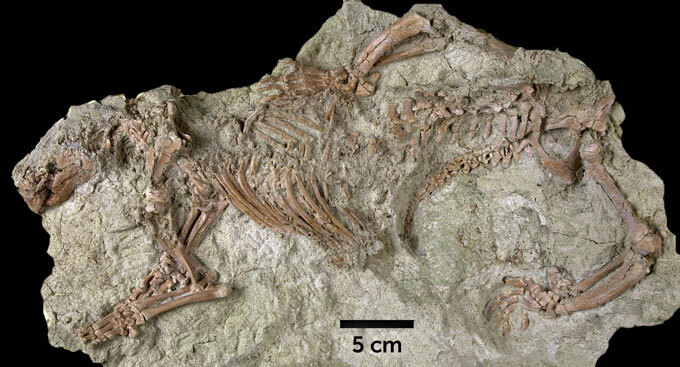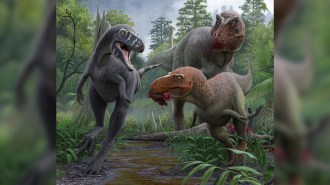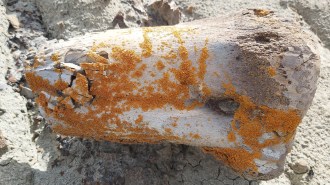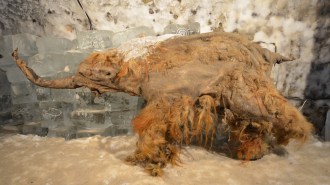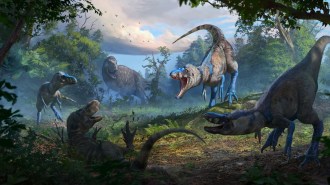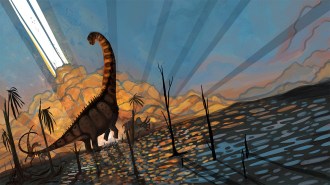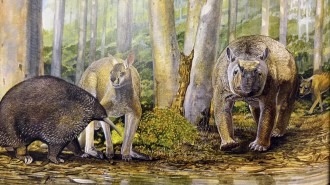A ‘crazy beast’ from the time of dinosaurs belongs to an obscure mammal group
A bizarre fossil provides a better look at a little-known group called gondwanatherians

Paleontologists finally have identified an odd fossil found in 1999 as a new species of gondwanatherian — an enigmatic group of mammals that lived in the Southern Hemisphere during the age of dinosaurs.
Andrey Atuchin
